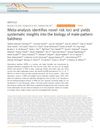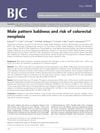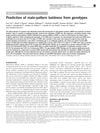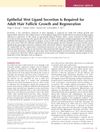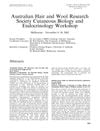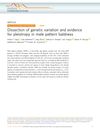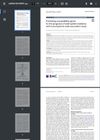GWAS for Male-Pattern Baldness Identifies 71 Susceptibility Loci Explaining 38% of the Risk
November 2017
in “
Nature Communications
”
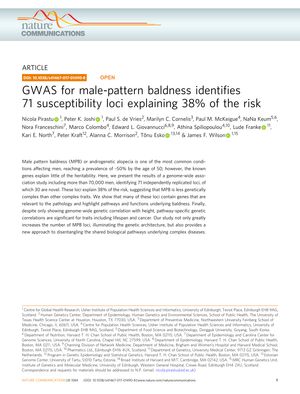
TLDR Researchers found 71 genetic regions linked to male pattern baldness, which account for 38% of its genetic risk.
In a genome-wide association study (GWAS) involving over 70,000 men, researchers identified 71 loci associated with male pattern baldness (MPB), explaining 38% of the heritability risk for the condition. The study, which included 25,662 MPB cases and 17,928 controls from the UK Biobank, along with replication cohorts totaling 16,824 cases and 14,288 controls, found that MPB is one of the most heritable complex traits with a SNP-based heritability of 94%. The identified loci contain genes relevant to hair follicle development and growth, and the study also revealed genetic correlations with traits such as lifespan, cancer, and height. The research utilized epigenetic signatures and bioinformatics tools to annotate SNPs and identify genes, prioritizing those related to androgen pathways and hair growth. The findings suggest that genetic predisposition to baldness is associated with lower male lifespan and increased risk of cancer, and introduce a novel method of analyzing pleiotropy by focusing on specific pathways. This approach could help in understanding the biology of MPB and identifying new treatment targets.
